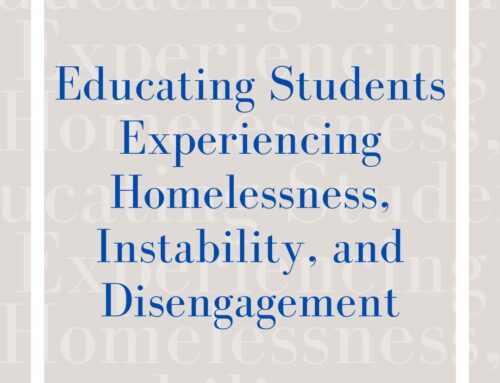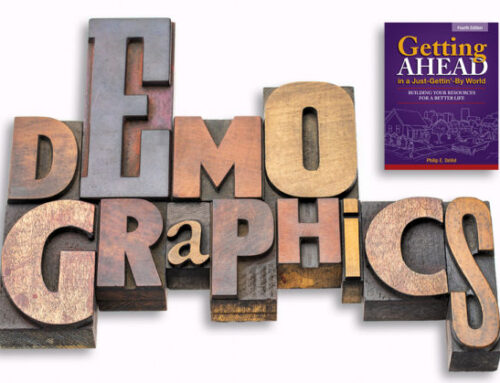There is a lot of discussion circulating on other blogs, in articles, at conferences, and in other hot spots that argues about what poverty really is. In our work at aha! Process, Dr. Ruby Payne uses a definition of poverty that is similar to the European Union definition (p. 6) that takes into account material, cultural, and social resources. As a result, we realize that we as humans are multifaceted and that many factors come into play when someone is in poverty.
The foundation for Dr. Payne’s message is the complete definition of poverty. Most people generally associate poverty with economic status. However, Dr. Payne clearly defines understanding poverty as the varying degrees to which a person lacks any one of following nine resources:
Financial
Language (ability to speak in formal register)
Emotional
Mental
Spiritual
Physical
Support systems
Relationships/role models
Knowledge of middle class hidden rules
These resources (or the lack of them) have an impact on a person’s ability to handle stressful situations. Imagine someone experiencing a job loss. What is the difference between that person having business connections (support systems) and not having connections of any kind? Which single mother is in a better position to leave work for the day: the one who works in a corporate office and can continue to work from home, or the one who works for an hourly rate closer to minimum wage? If a job candidate’s response to an initial greeting is, “How’s it hanging?” are that person’s future words likely to be taken seriously?
A financially strapped person with an abundance of all the other resources is more apt to improve his or her financial situation later in life. Likewise, it is unlikely that a wealthy person lacking all the other resources will remain wealthy. Just take a look at lottery winners who lack many of the other resources and spend all of their winnings rather quickly.
Showing people how to build all nine resources makes for permanent, positive change in people’s lives.








